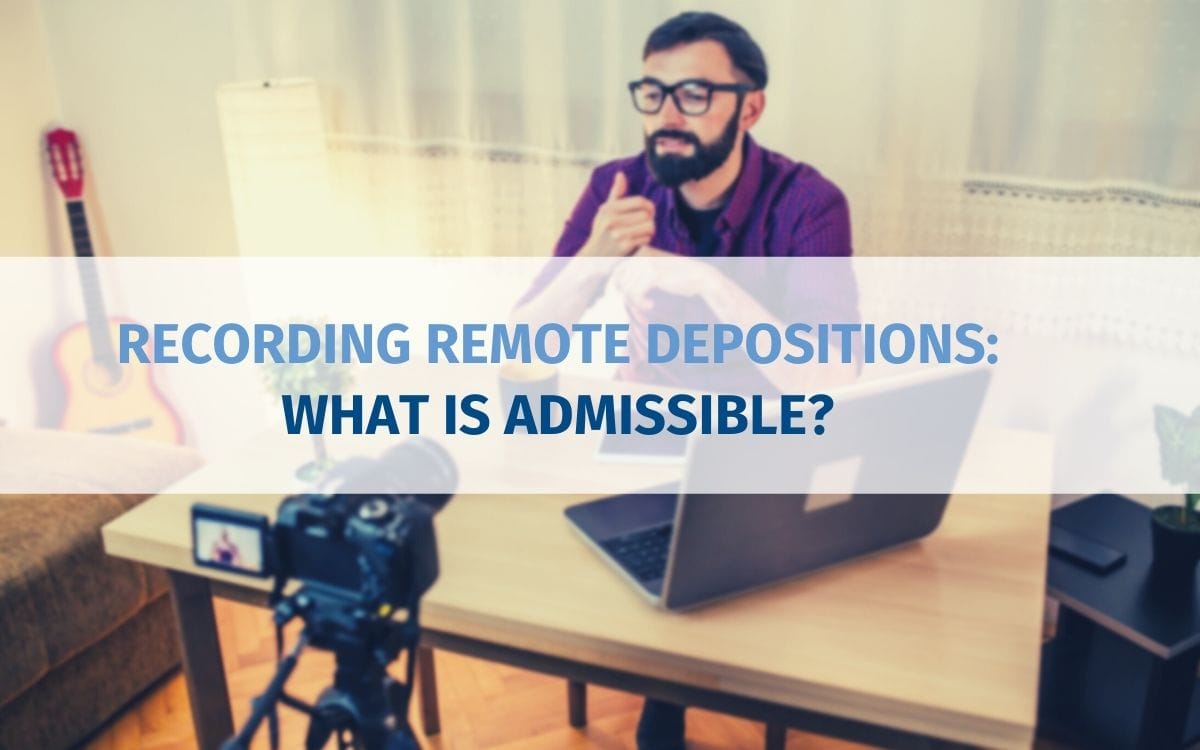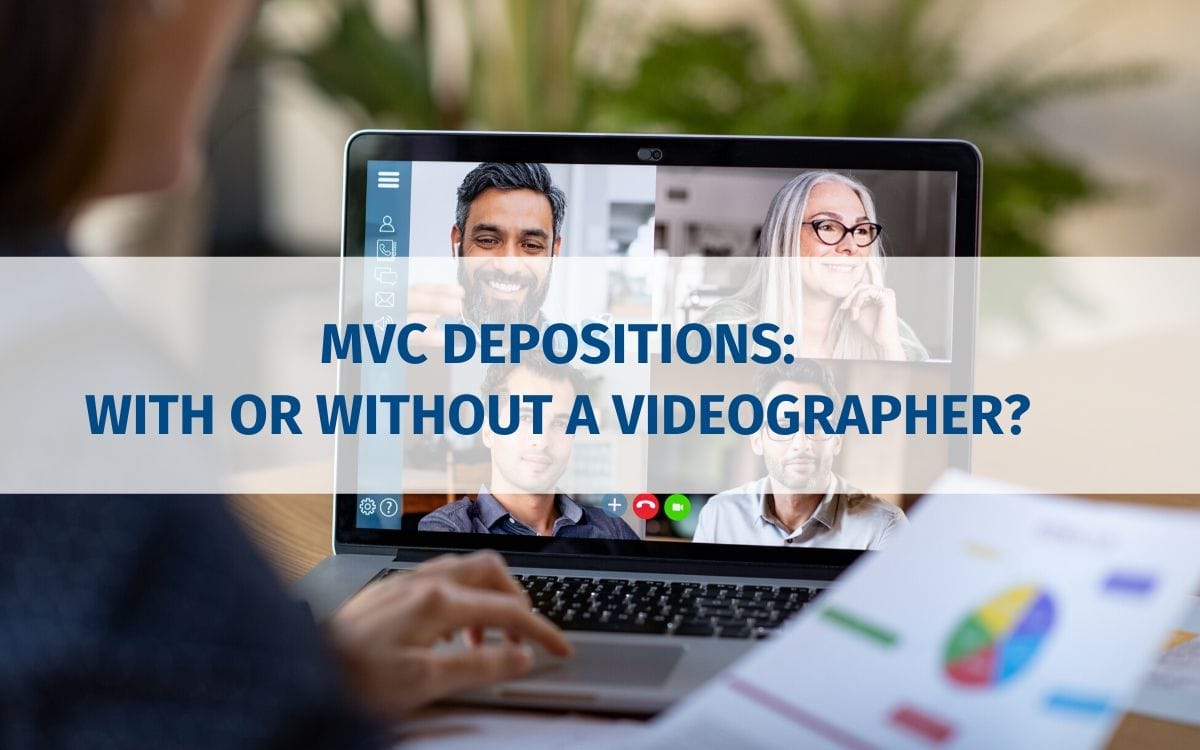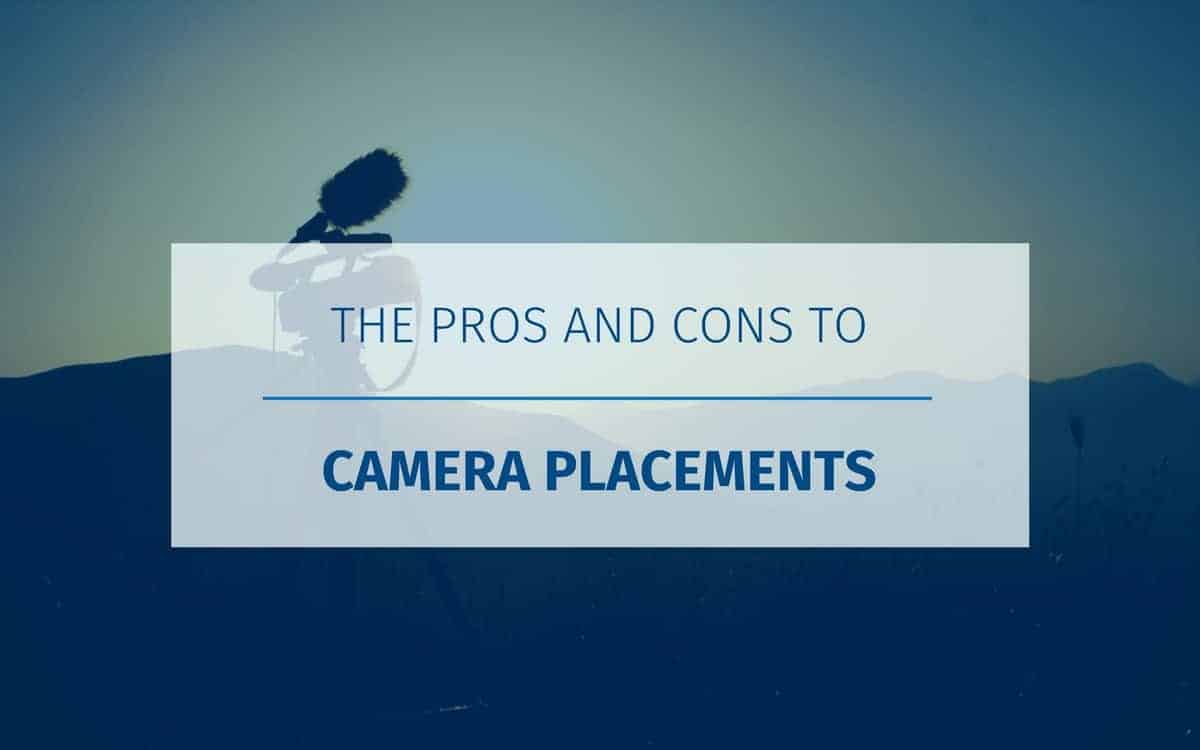The Power of Visuals in the Courtroom
By Brittany Davies
As humans, we are innately prone to believe in what we see. Words can sway our opinions, but tangibility provides a certainty and faith that words at times cannot meet. As I was reading through a recent blog by Angie Ballman Punton, an affiliate at Paradigm Reporting, she brought to my attention how important visuals are in a majority of professions. Coming from a marketing background, I’ve been taught that visuals stick, have a higher influence on purchasing decisions, and can increase a consumer’s interest in reading/learning about a topic by almost 80%. The statistics are powerful, but how does this apply to the litigation support field?
With a qualified and experienced team of trial consultants, visuals can make your case stronger. They can help the jury understand otherwise complex situations. They capture attention and help gain interest in the case, rather than put everyone to sleep. Keeping a person’s attention is already hard in a world where we are inundated with messages and data. Finding a way to make your case interesting and captivating can strengthen your argument and keep everyone in the courtroom mentally present.
As Angie mentioned in her blog, people respond better to visuals, especially videos. Hubspot says that 40% of people respond to visuals better than plain text. In this case, our plain text would be transcripts. Take text messages for example. I’ve been texting for over half of my life and, while it is convenient, it drives me nuts that texts don’t convey tone or allow us to see how the other person feels when receiving/sending a text. Text can be misinterpreted. Videos, on the other hand, show body language and demeanor. Using a videographer during a deposition can add power and impact to testimony. Using features such as video-in-video aids in capturing exactly how your witness feels when seeing an exhibit in your case or a reaction to a piece of information.
And lastly, visuals make things easier to remember and worthwhile to share. Netflix’s “Making a Murderer” is a perfect example of this. Until this last month, Steven Avery’s story was something most people only read about. As soon as the documentary aired, the buzz spread. My roommate Meredith and I watched the entire ten episodes in one sitting. No shame. The power this show has had on the general public is mesmerizing – enough so that people were trying to get the President to pardon Avery and Dassey.
Seeing is believing. To learn more about Planet Depos Trial Technology Consulting or Legal Videography, email us at video@planetdepos.com or by calling 888.433.3767.
Read More From Planet Depos

Legal Videography and the Remote Deposition
Remote depositions benefit from the indisputable power of video. These pre-remote deposition steps ensure a successful video deposition.
Read Now View Full Post
Recording Remote Depositions: What is Admissible?
Learn the differences between a remote recording and a videographer recording, including what is admissible in court.
Read Now View Full Post
The Mobile Videoconference Deposition and the Videographer
What is the difference between a recorded mobile videoconference, and one with a legal videographer? It’s an important distinction to learn.
Read Now View Full Post
The Pros and Cons to Camera Placements
In video deposition setups, there are two primary types of camera placement that are used in depositions. Here are some of their pros and cons.
Read Now View Full PostSchedule a Proceeding Today!
Your remote mediation should be simple, and with Planet Depos yours will be. Schedule today and we’ll get you set up with a Zoom room, a PD Technician, and everything you need to get started.
Schedule now